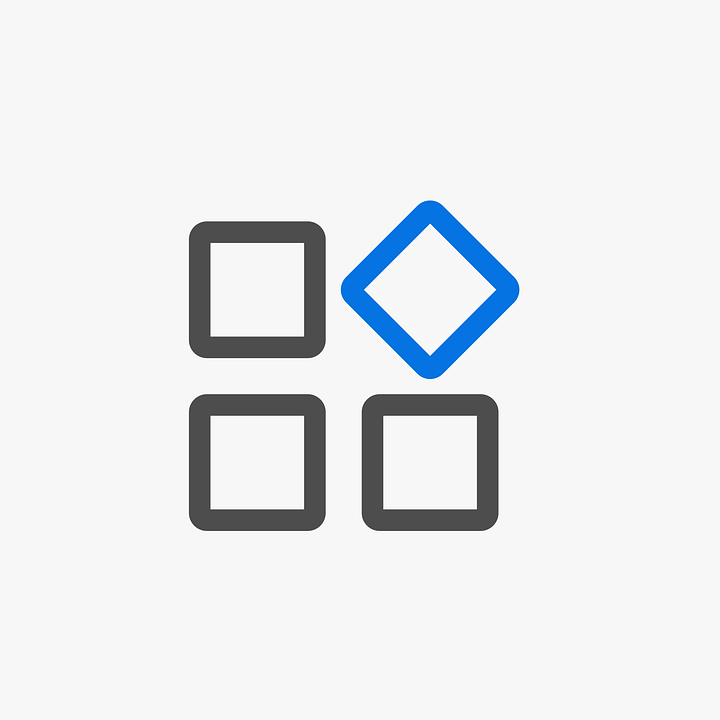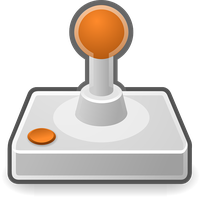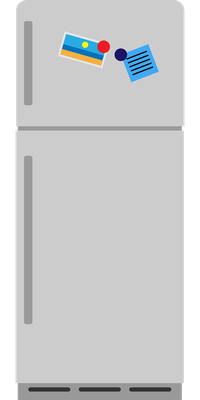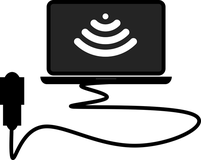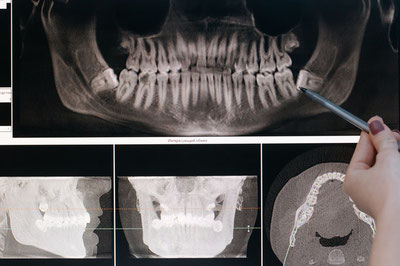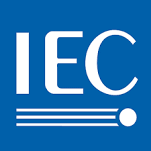| Product Category | Concentration Limit |
| 1. | Large household appliances. |
| 2. | Small household appliances. |
| 3. | IT and telecommunications equipment. |
| 4. | Consumer equipment. |
| 5. | Lighting equipment. |
| 6. | Electrical and electronic tools. |
| 7. | Toys, leisure, and sports equipment. |
| 8. | Medical devices. |
| 9. | Monitoring and control instruments (including industrial ones). |
| 10. | Automatic dispensers. |
| 11. | Other EEE not covered by any of the categories above. |

